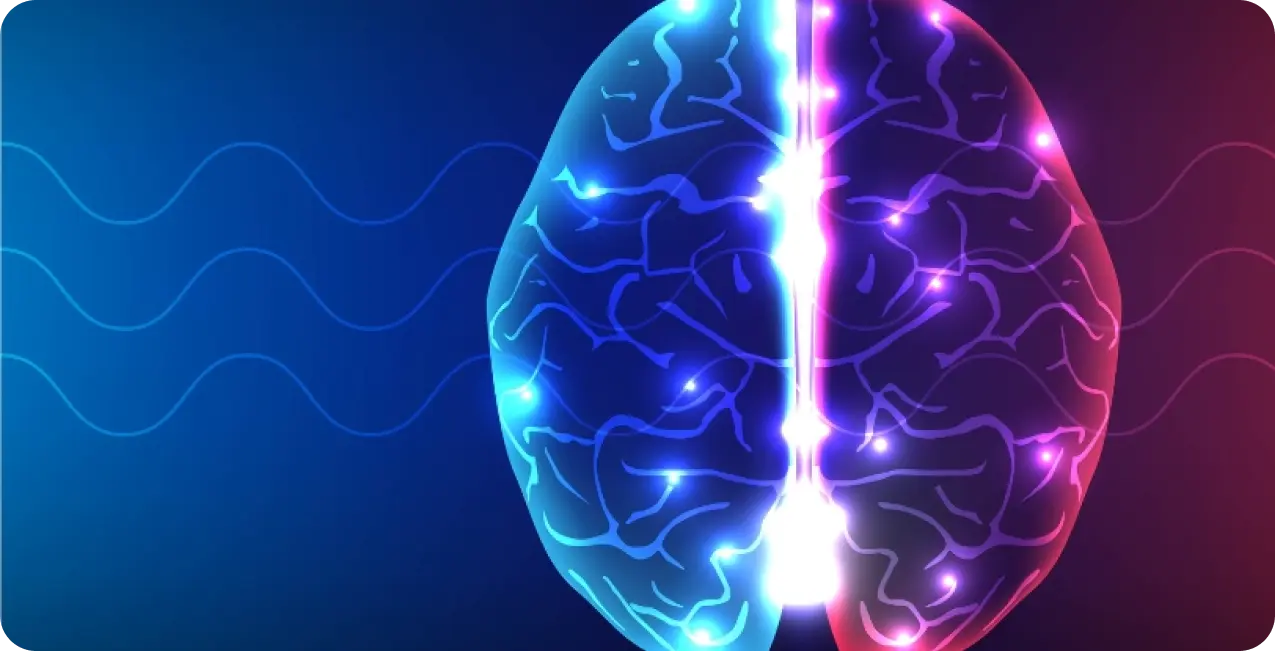Deep-brain structures like the basal ganglia or the thalamus wield major influence on our behavior. If something goes awry, dysregulation in the deep brain may trigger neurological conditions like Parkinson’s disease or depression.
Despite the clear importance of these structures, our knowledge about them remains limited by their location, making them difficult to study and treat.
In a new study, researchers unveil a device that might offer an alternative to invasive procedures. Featuring a novel ultrasound helmet, it not only modulates deep-brain circuits without surgery, but reportedly can do so with unrivaled precision.
The technology represents a leap forward in our ability to study and influence the deep brain, says senior author Bradley Treeby, a biomedical engineer at University College London (UCL).
“This advance opens up opportunities for both neuroscience research and clinical treatment. For the first time, scientists can non-invasively study causal relationships in deep-brain circuits that were previously only accessible through surgery,” Treeby says.
“Clinically, this new technology could transform treatment of neurological and psychiatric disorders like Parkinson’s disease, depression, and essential tremor,” he says, “offering unprecedented precision in targeting specific brain circuits that play key roles in these conditions.”
The new system builds on existing methods like transcranial ultrasound stimulation and MRI-guided focused ultrasound, but it’s designed to address limitations of each, such as the former’s low focal precision and the latter’s need for stabilizing skull screws.

The device also includes a soft plastic face mask, which helps stabilize the wearer’s head to improve the precision of the ultrasound beams.
The study involved experiments with seven human volunteers who wore the helmet while researchers used it to target their lateral geniculate nucleus (LGN), a small part of the thalamus involved with processing visual information.
One experiment required subjects to watch a flashing checkerboard as ultrasound beams from the helmet targeted their LGN. Functional magnetic resonance imaging (fMRI) scans showed a simultaneous surge of activity in the visual cortex, suggesting the LGN was successfully hit.
This real-time monitoring capability is an important feature, says first author Eleanor Martin, a physicist and engineer in UCL’s Biomedical Ultrasound Group.
“We designed the system to be compatible with simultaneous fMRI, enabling us to monitor the effects of stimulation in real time,” she says. “This opens up exciting possibilities for closed-loop neuromodulation and personalised therapies.”
Another experiment demonstrated the durability of the helmet’s effects, with changes in visual cortex activity continuing for 40 minutes after stimulation.
Subjects reported no conscious perception of any visual changes during these tests, the researchers note, yet fMRI scans nonetheless revealed significant and persistent shifts in neural activity at the intended locations.
“The ability to precisely modulate deep-brain structures without surgery represents a paradigm shift in neuroscience, offering a safe, reversible, and repeatable method for both understanding brain function and developing targeted therapies,” Treeby says.
More research is needed to fully explain what’s happening in this process, the researchers point out, but these results already amount to a breakthrough.
Such deft neuromodulation was previously impossible without invasive methods, and it offers new hope for patients with certain conditions, says co-author and clinical neuroscientist Ioana Grigoras from the University of Oxford.
“We are particularly excited about its potential clinical applications for neurological disorders like Parkinson’s disease, where deep-brain regions are especially affected,” Grigoras says.
Source: https://www.sciencealert.com/new-ultrasound-helmet-reaches-deep-inside-the-brain-without-surgery

